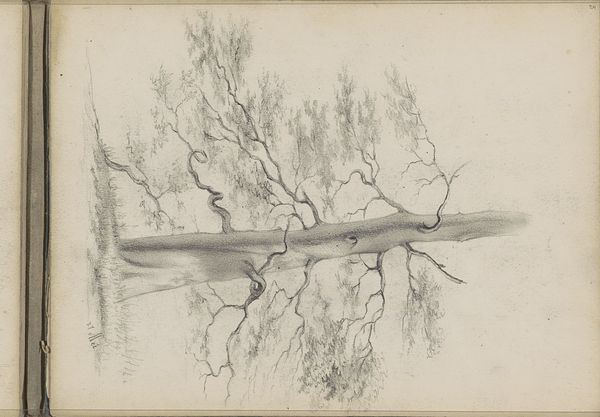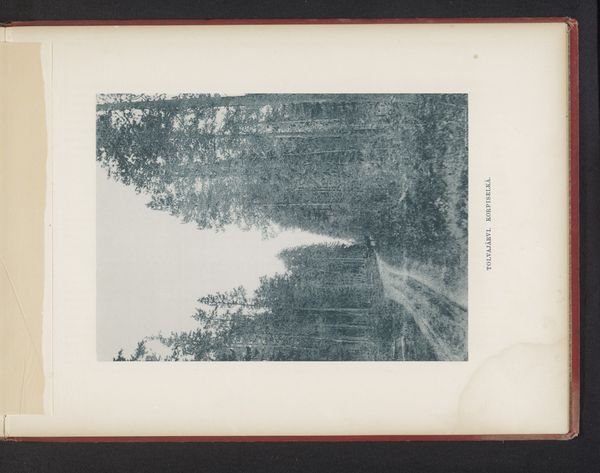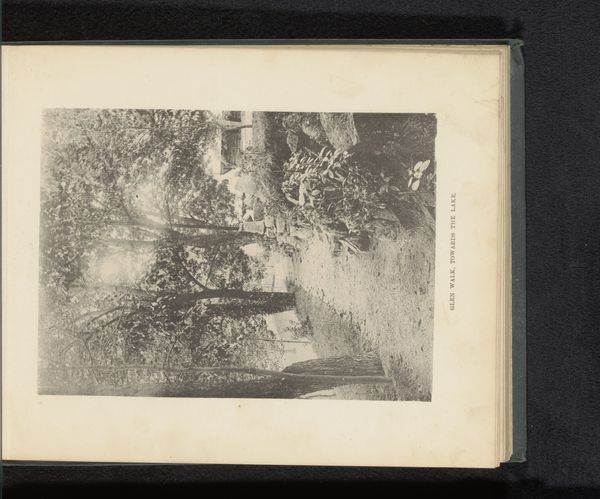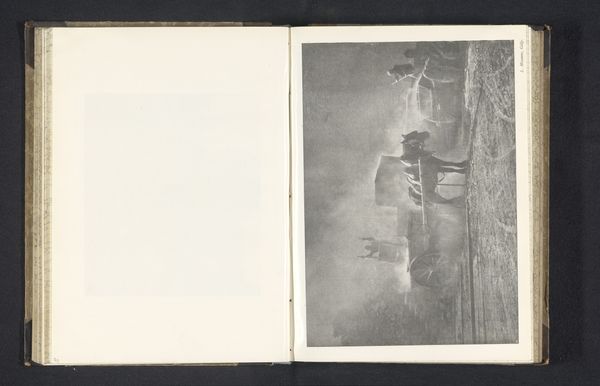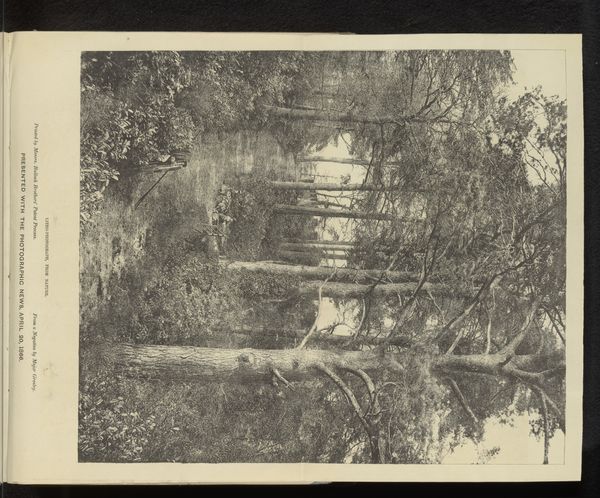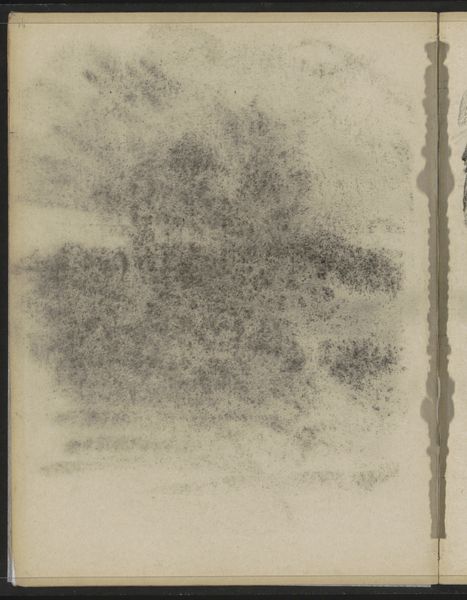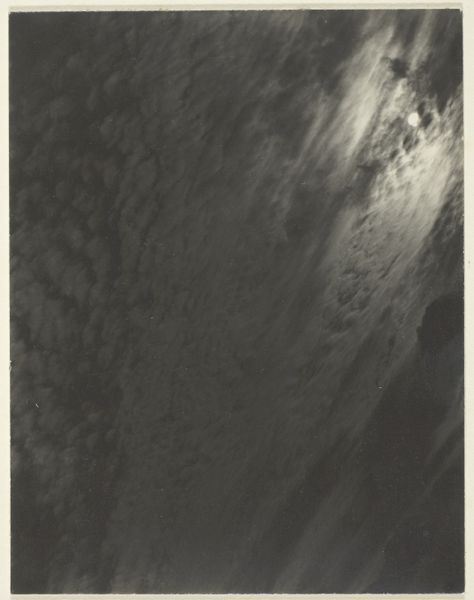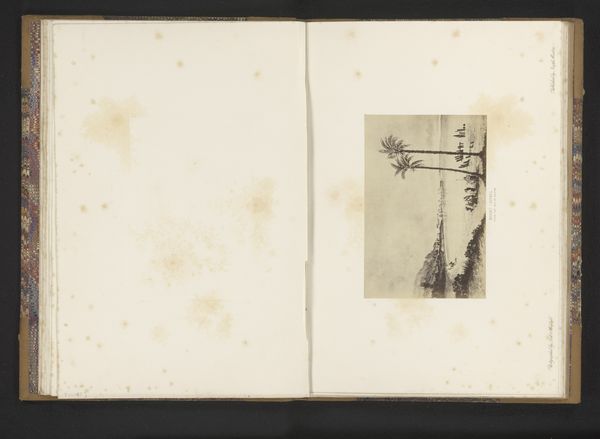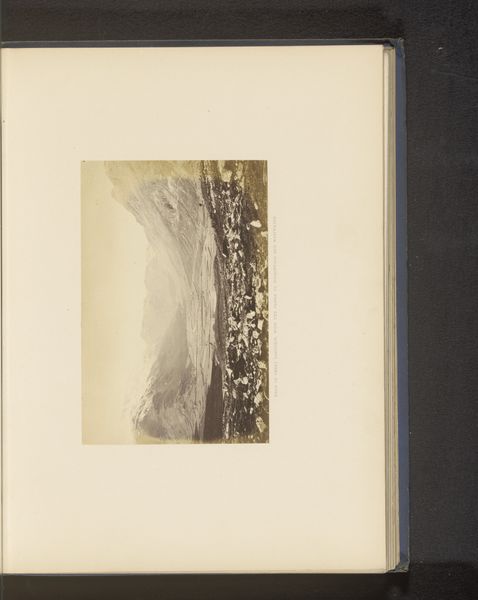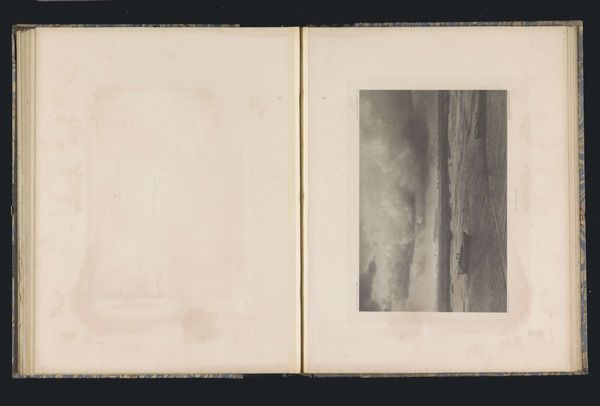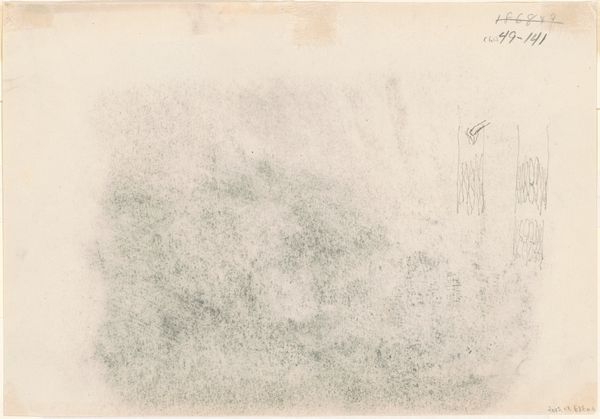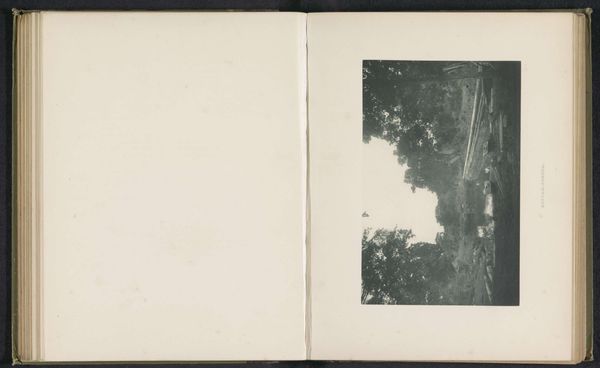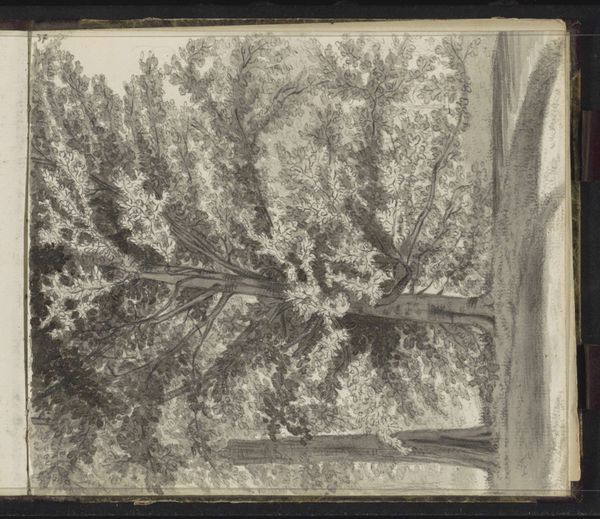
Dimensions: height 88 mm, width 139 mm
Copyright: Rijks Museum: Open Domain
Editor: So, here we have E. Widmer's gelatin silver print, "Spervuur met mitrailleur(s) bij avond of nacht," or "Barrage with machine gun(s) by evening or night," made around 1930. The composition is, well, explosive. What do you see in this piece, considering its historical context? Curator: This photograph speaks volumes about the interwar period. On one hand, we see the fascination with technological advancement—the machine gun as a symbol of modernity. But, given the date, shouldn't we also read it as a symptom of societal anxiety about impending conflict? How does the stark contrast and abstraction contribute to your interpretation of its mood? Editor: It definitely makes me uneasy. The bright streaks against the darkness are so visually aggressive, and there’s this sense of chaos and violence held back. But is it purely a reflection of fear? Curator: Not purely, perhaps. Think about the language of futurism—the aestheticization of speed, power, and even war. This image participates in that discourse but, being post-World War One, it carries the weight of lived trauma. Doesn't that darkness also hint at the silencing of dissenting voices, the suppression of memory in the face of rising nationalism? Where do you see traces of resistance, however subtle? Editor: I guess in the ambiguity of the scene itself? It could be interpreted as either defense or attack. It's not glorifying anything specific, more like documenting… or perhaps questioning the normalization of violence. Curator: Precisely. And questioning, in itself, is an act of resistance. By refusing to present a clear narrative, Widmer opens up space for the viewer to grapple with these complex issues. The personal and the political become inextricably linked in this work. What new thoughts do you have about this artwork, seeing as though this piece acts as commentary and reflection on political discourse? Editor: This has really changed my perception. I was initially drawn to its visual impact, but now I see layers of meaning that resonate with anxieties still present today. Curator: Indeed. It is a potent reminder that art is not separate from the world, but deeply embedded in the social and political realities of its time, and ours.
Comments
No comments
Be the first to comment and join the conversation on the ultimate creative platform.
